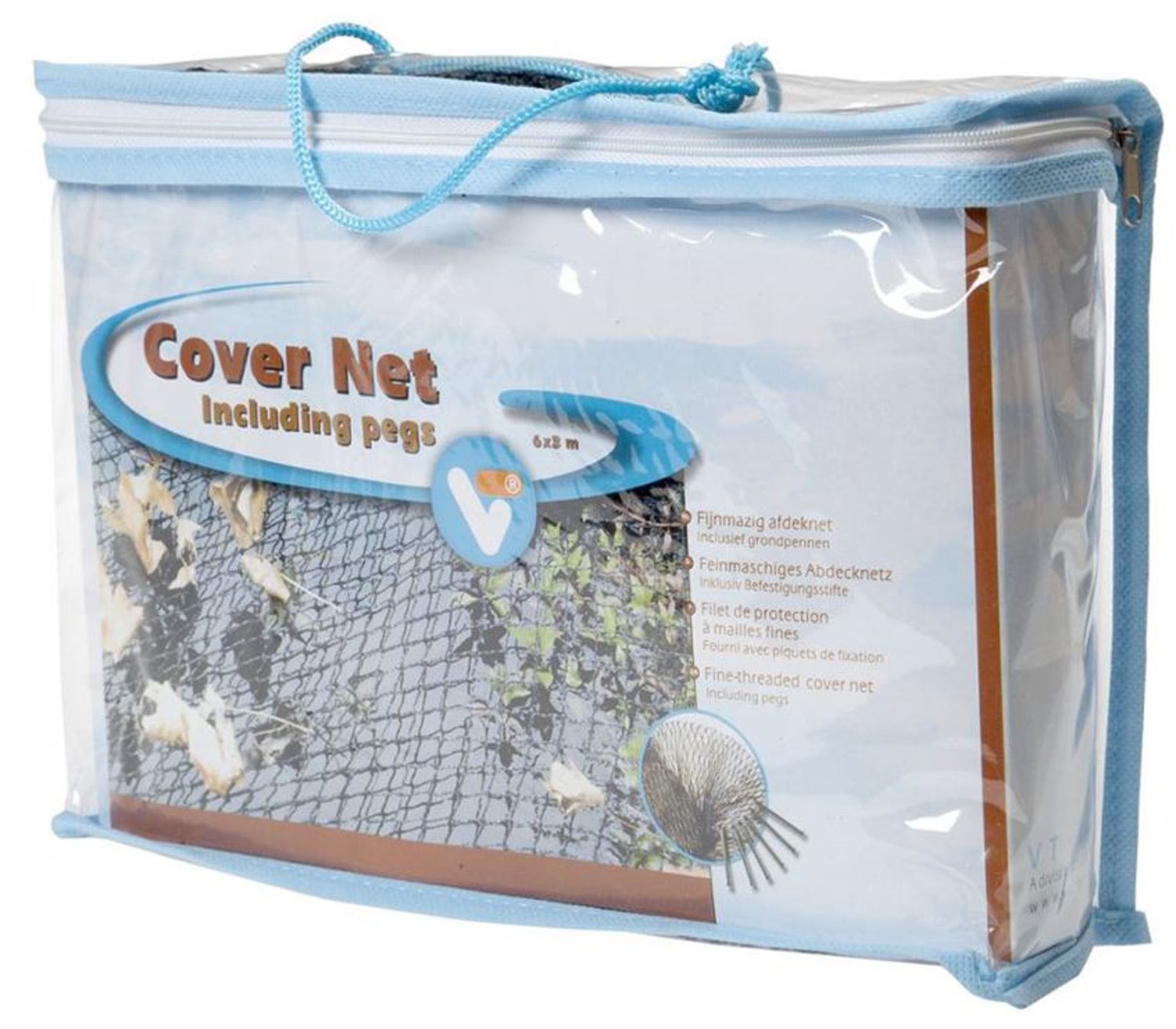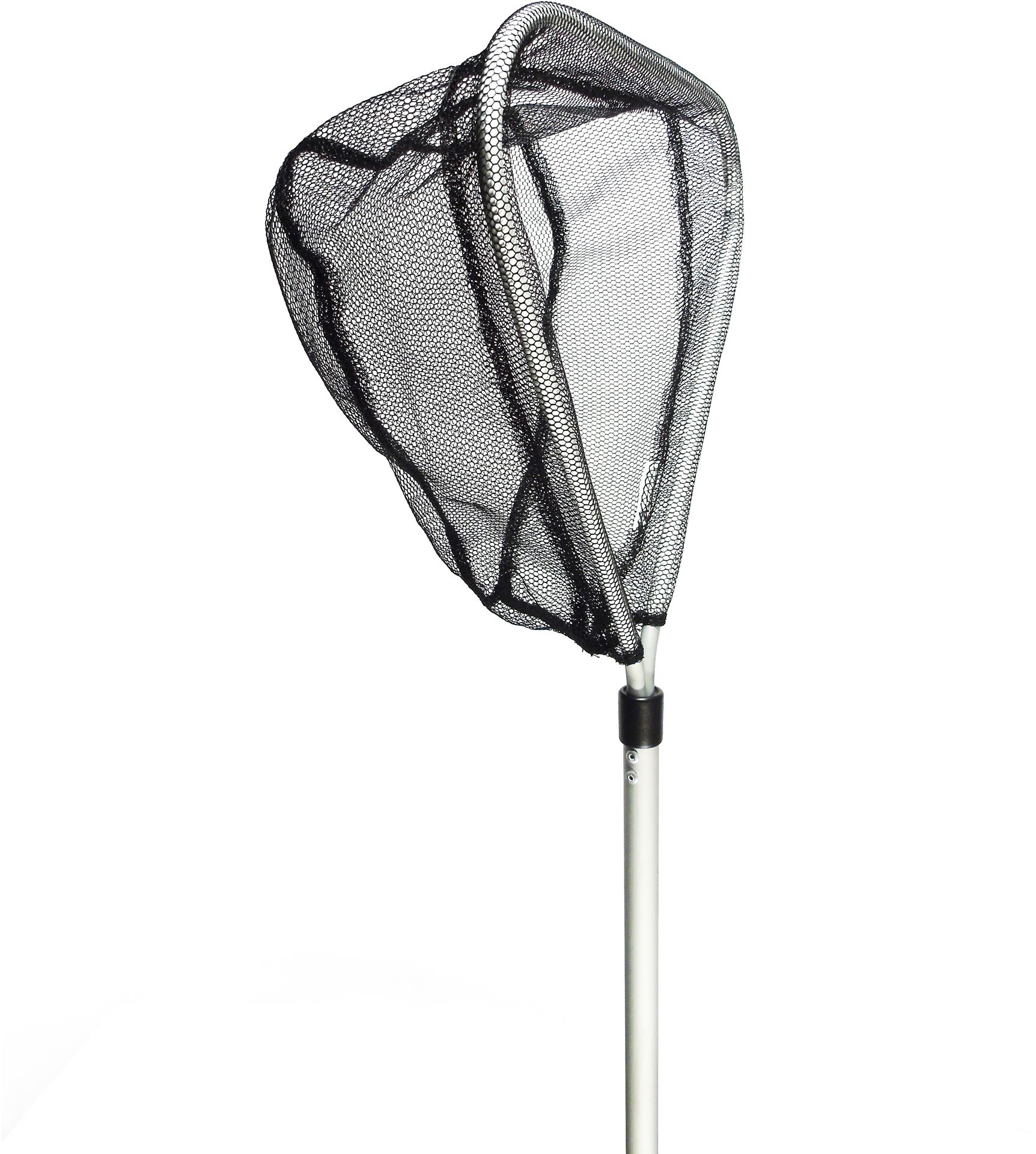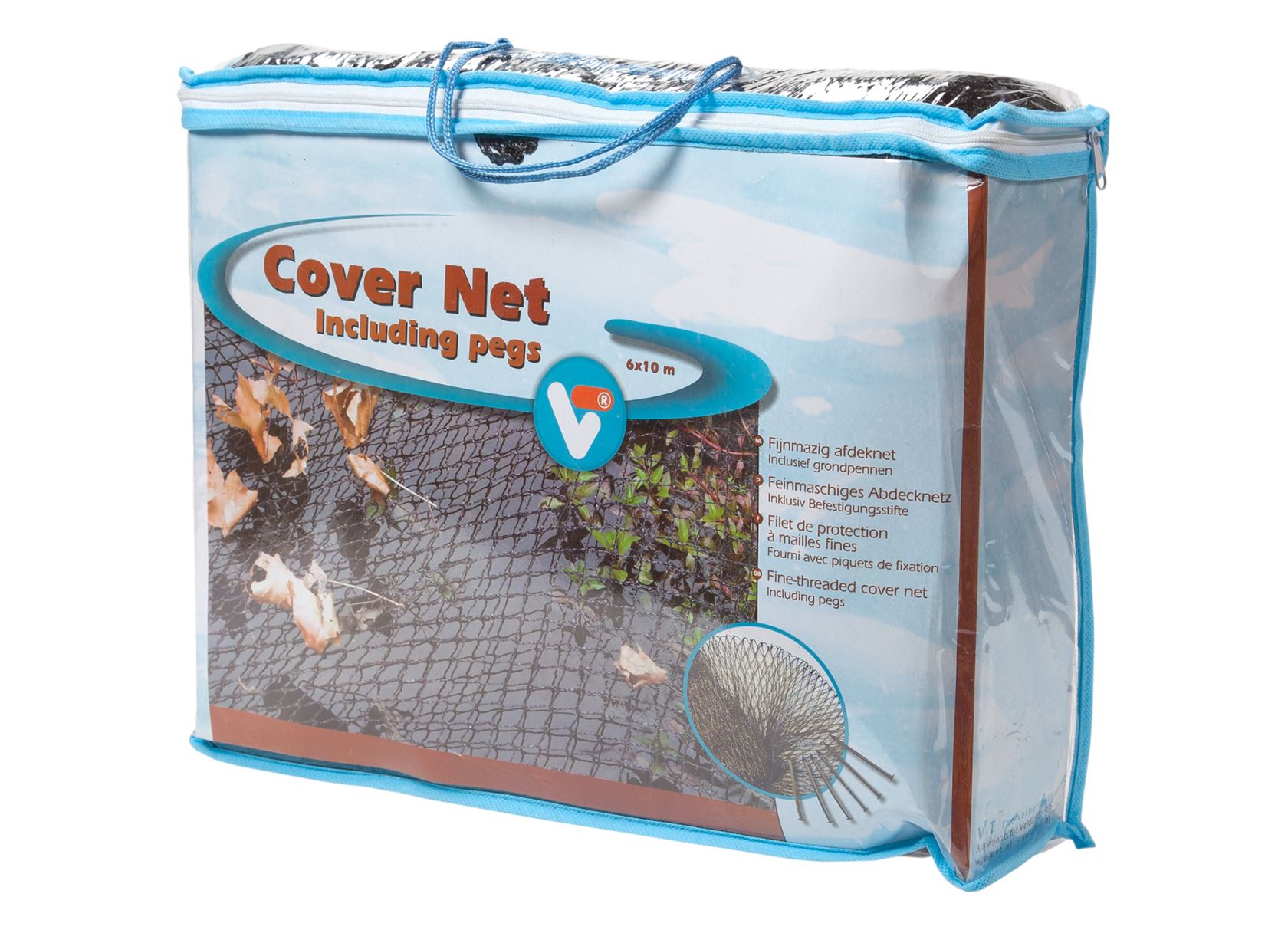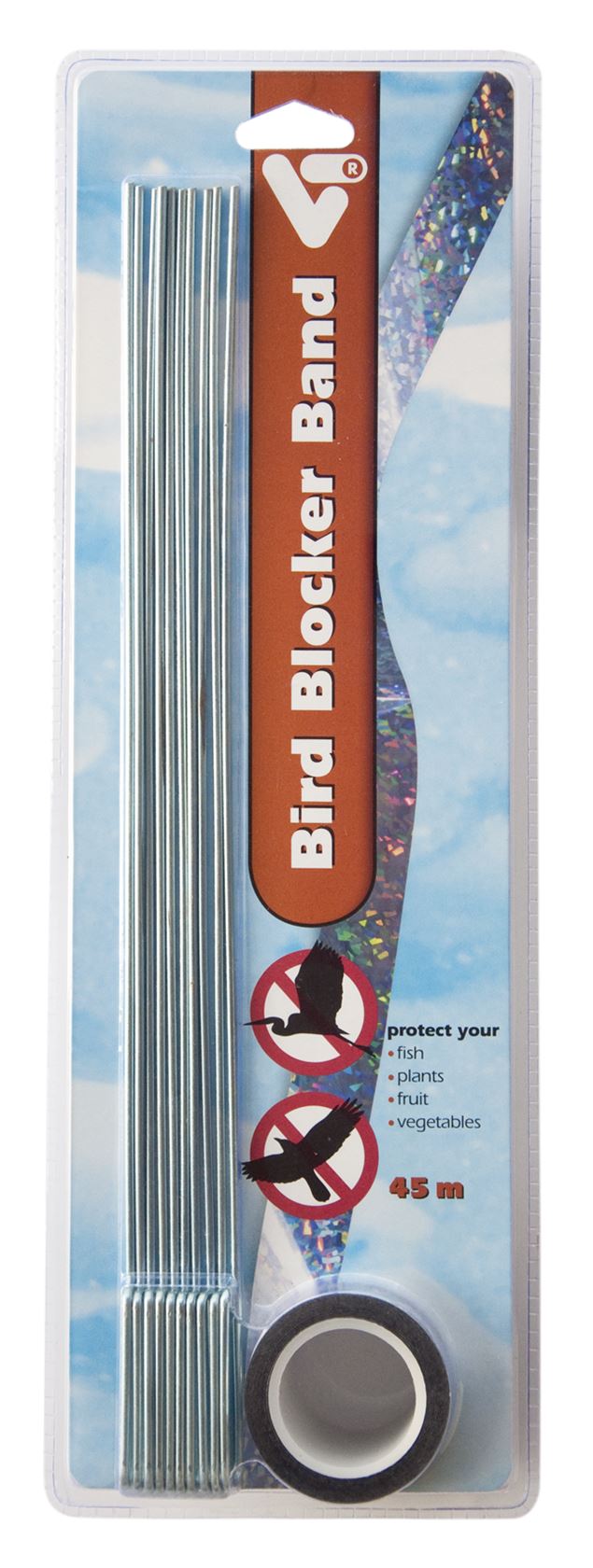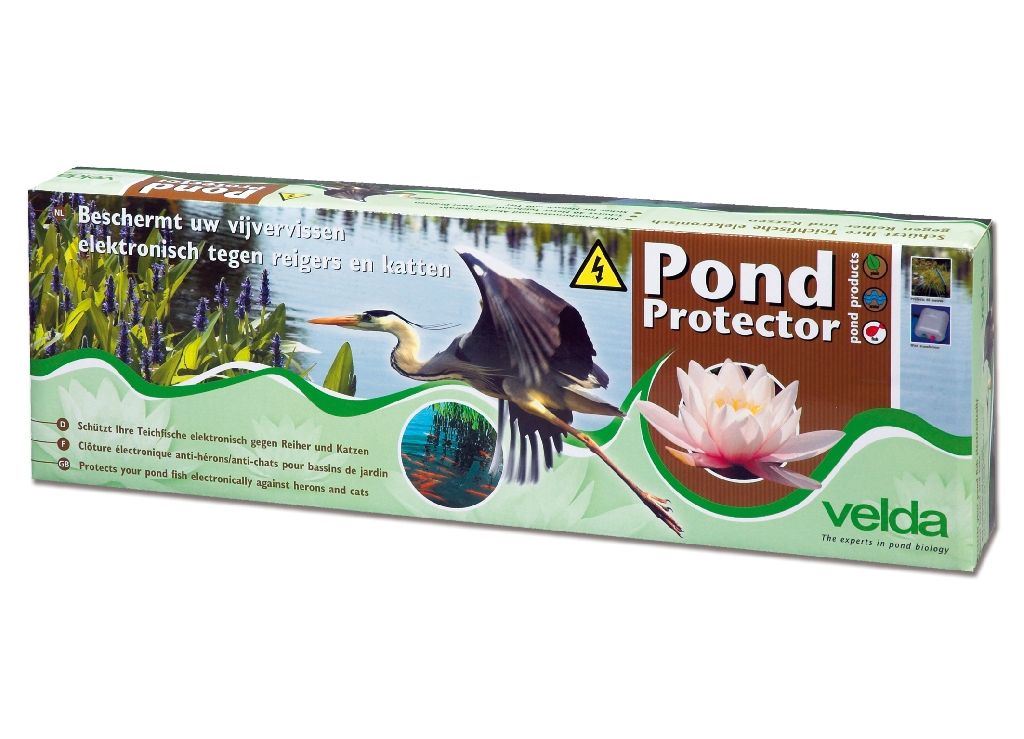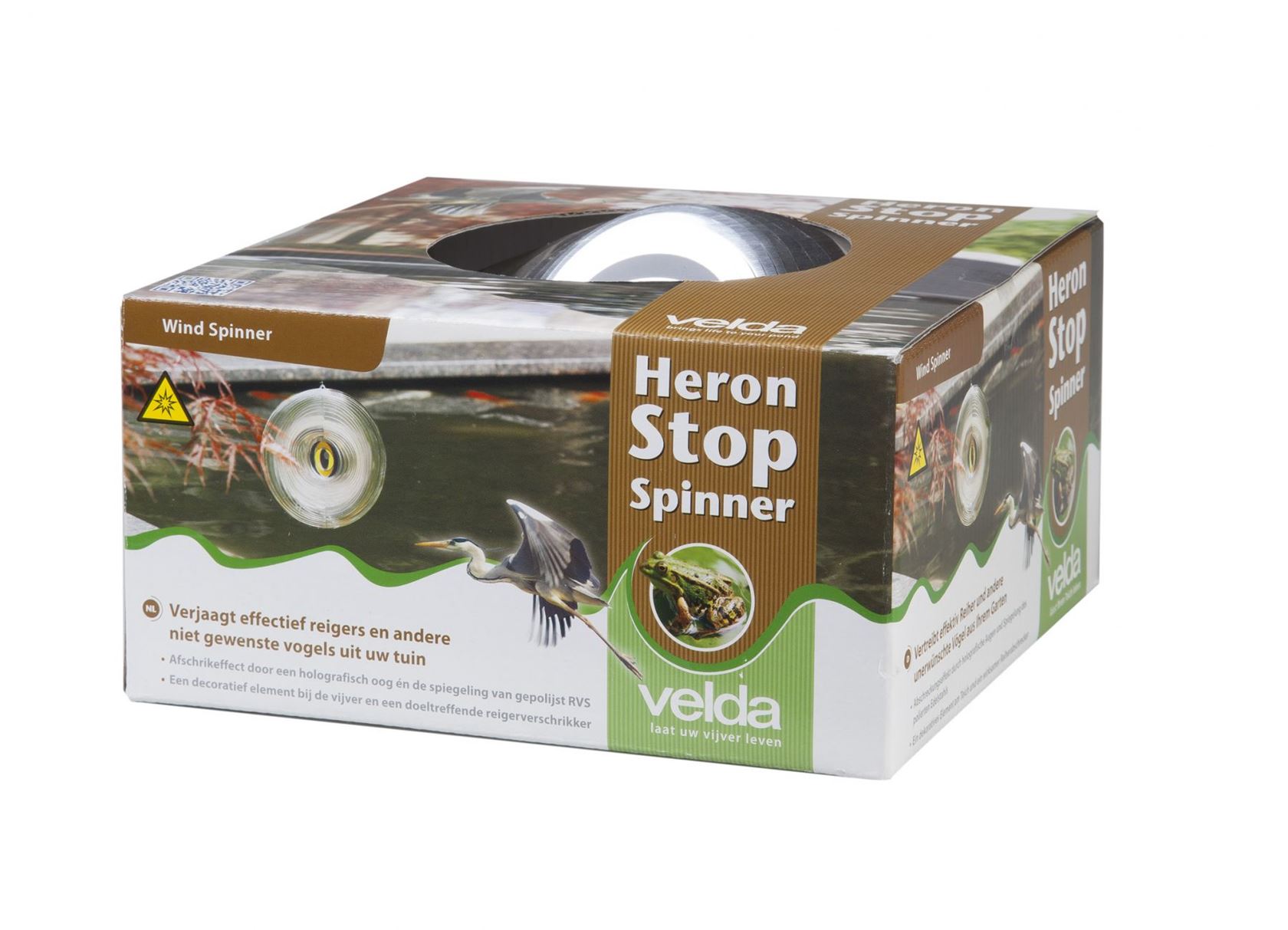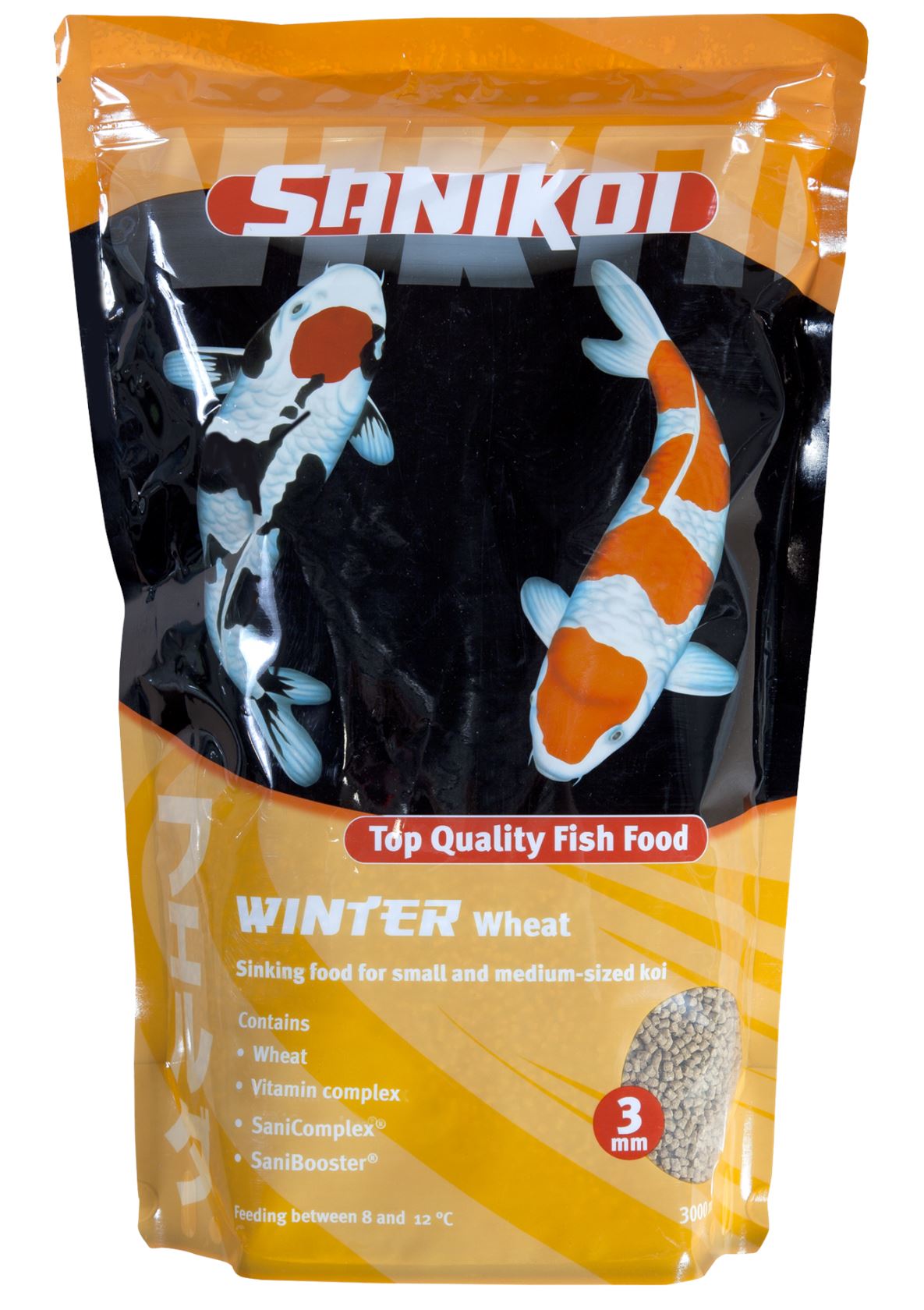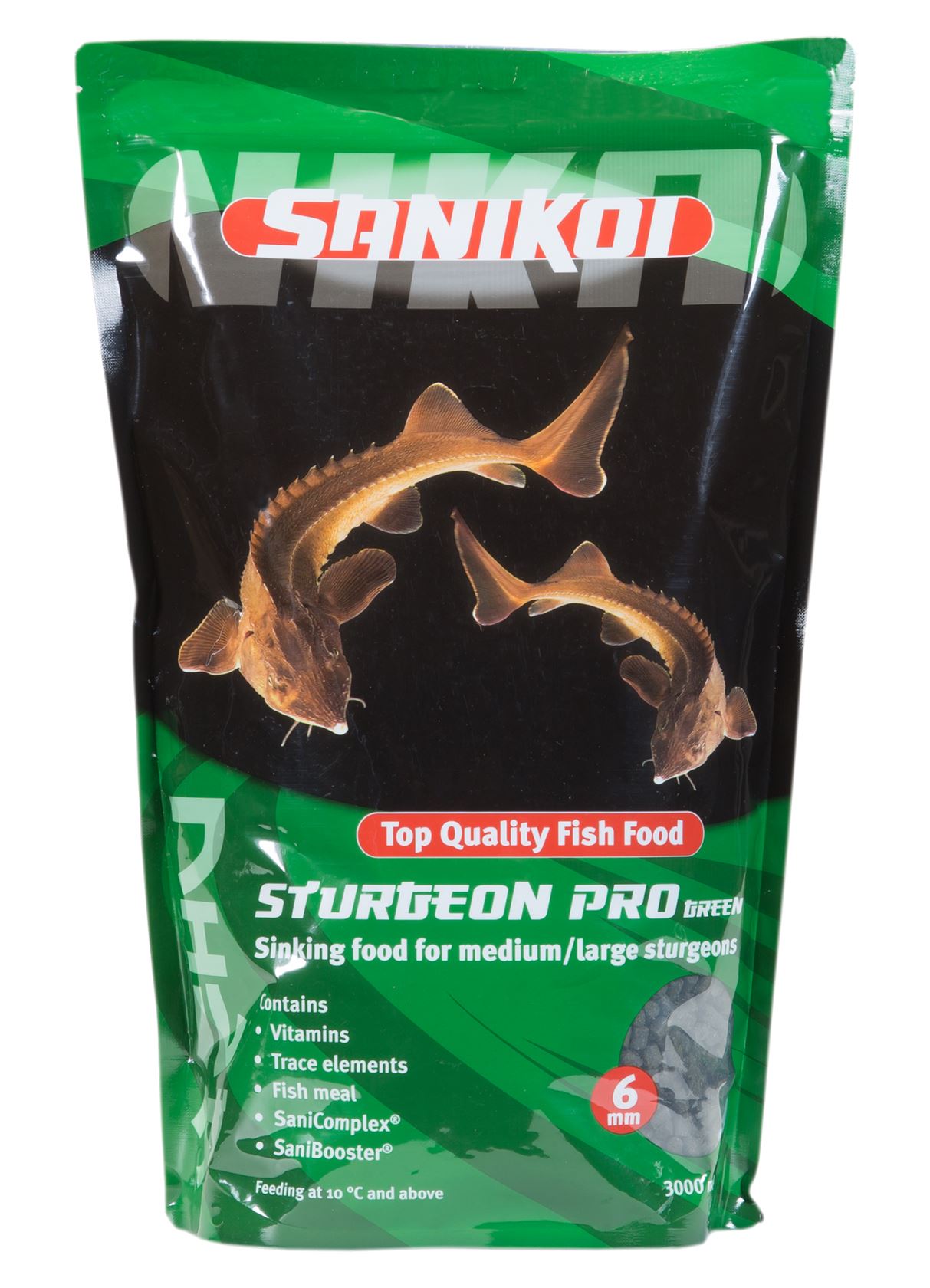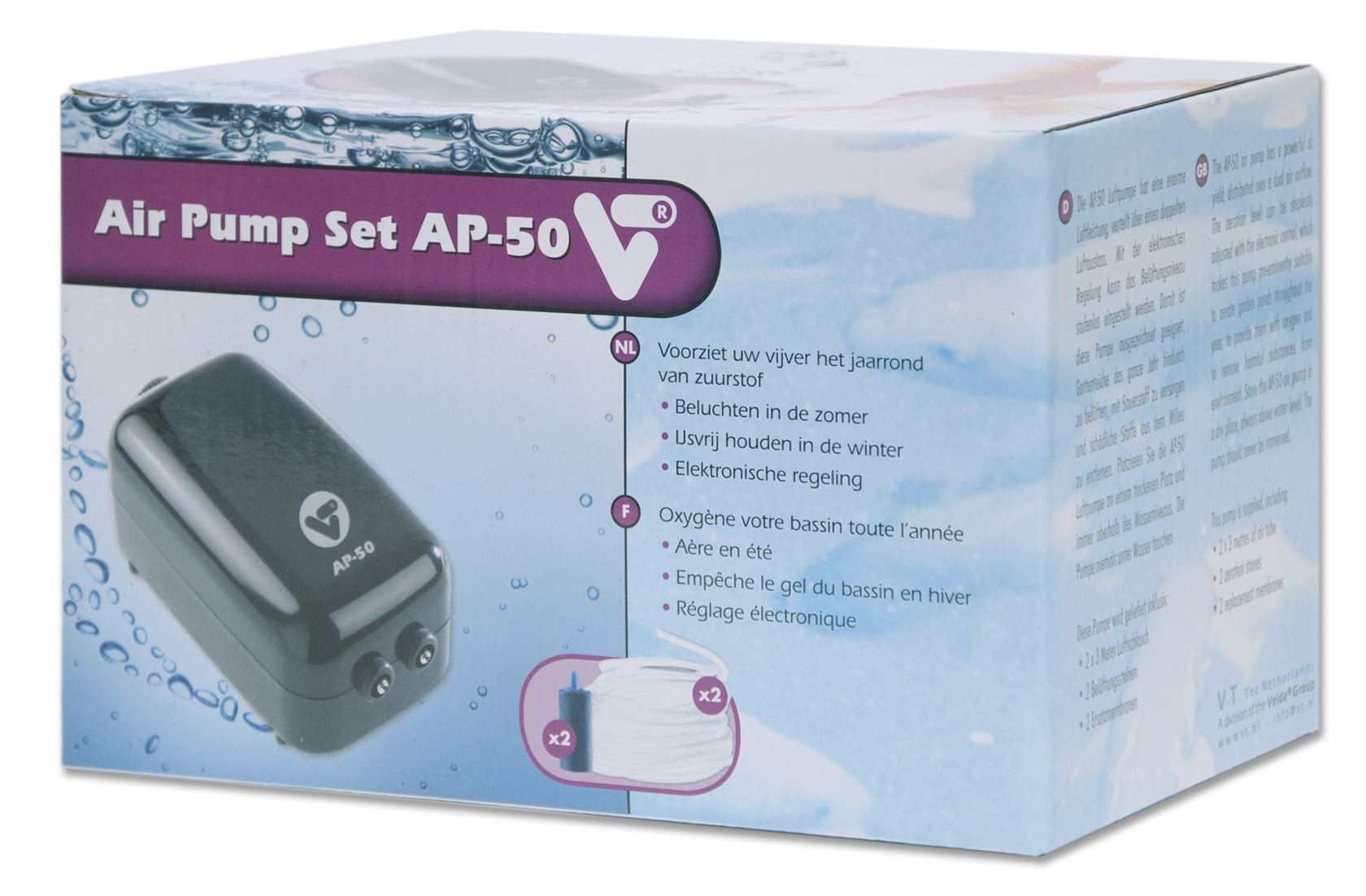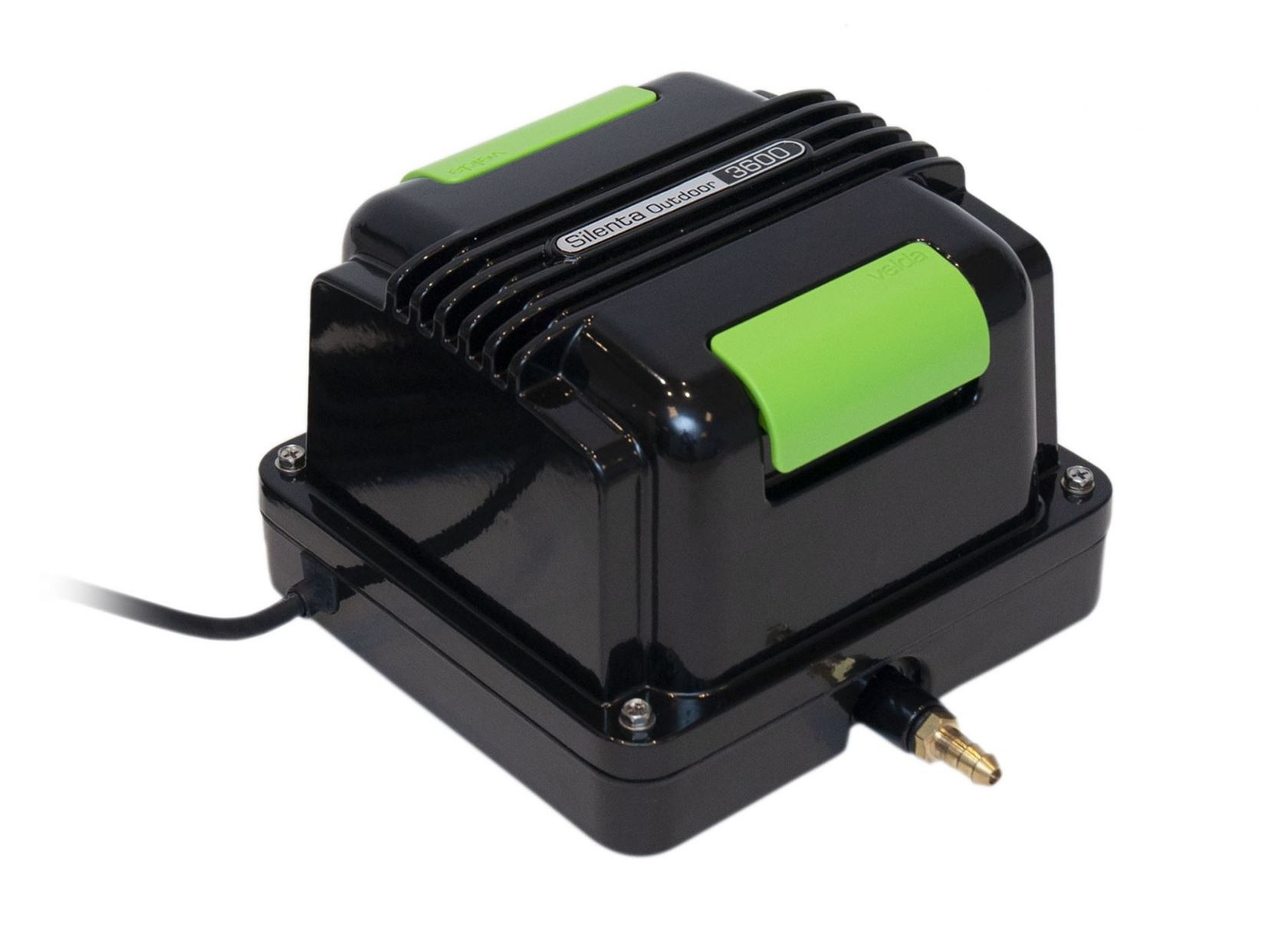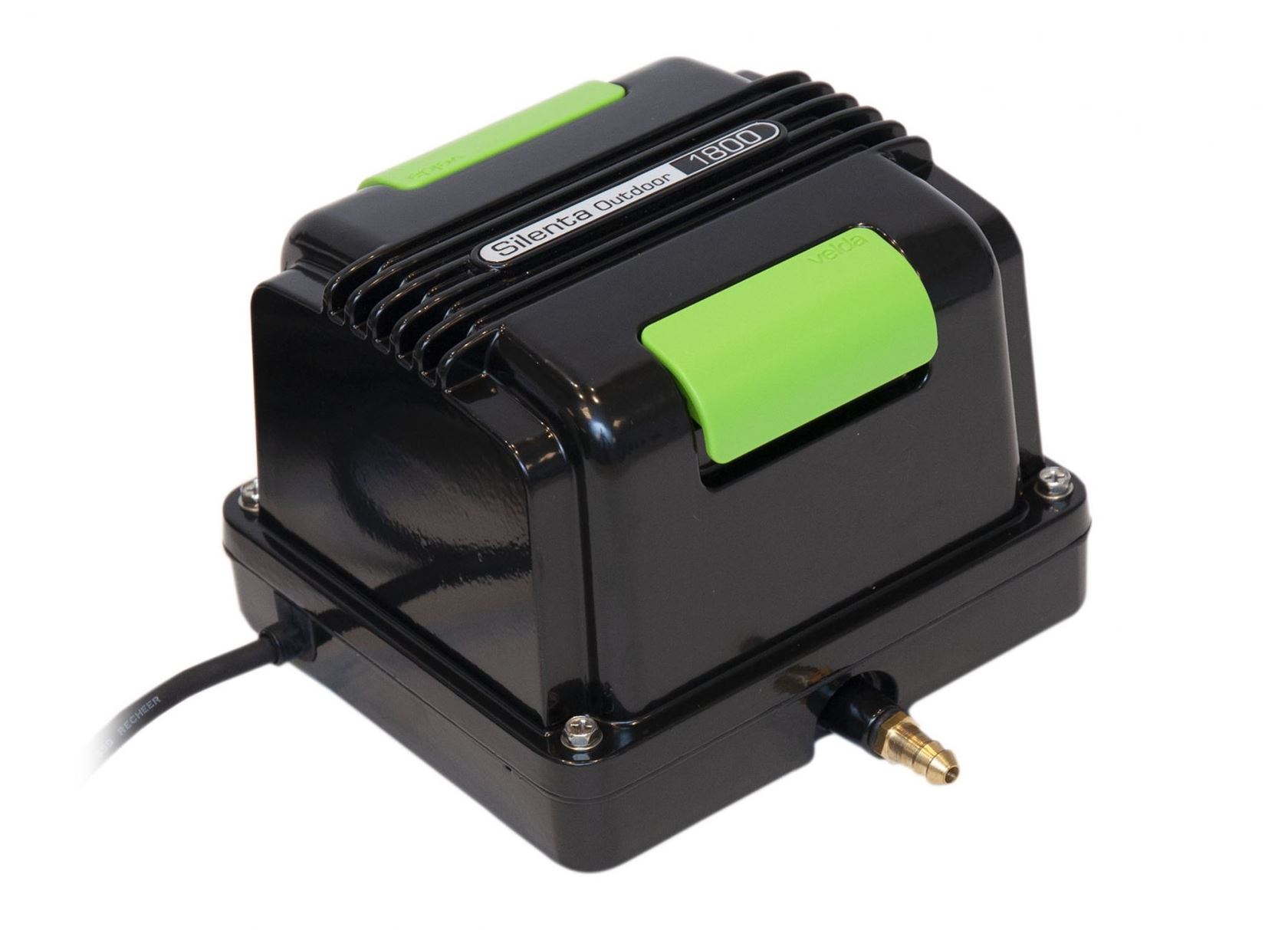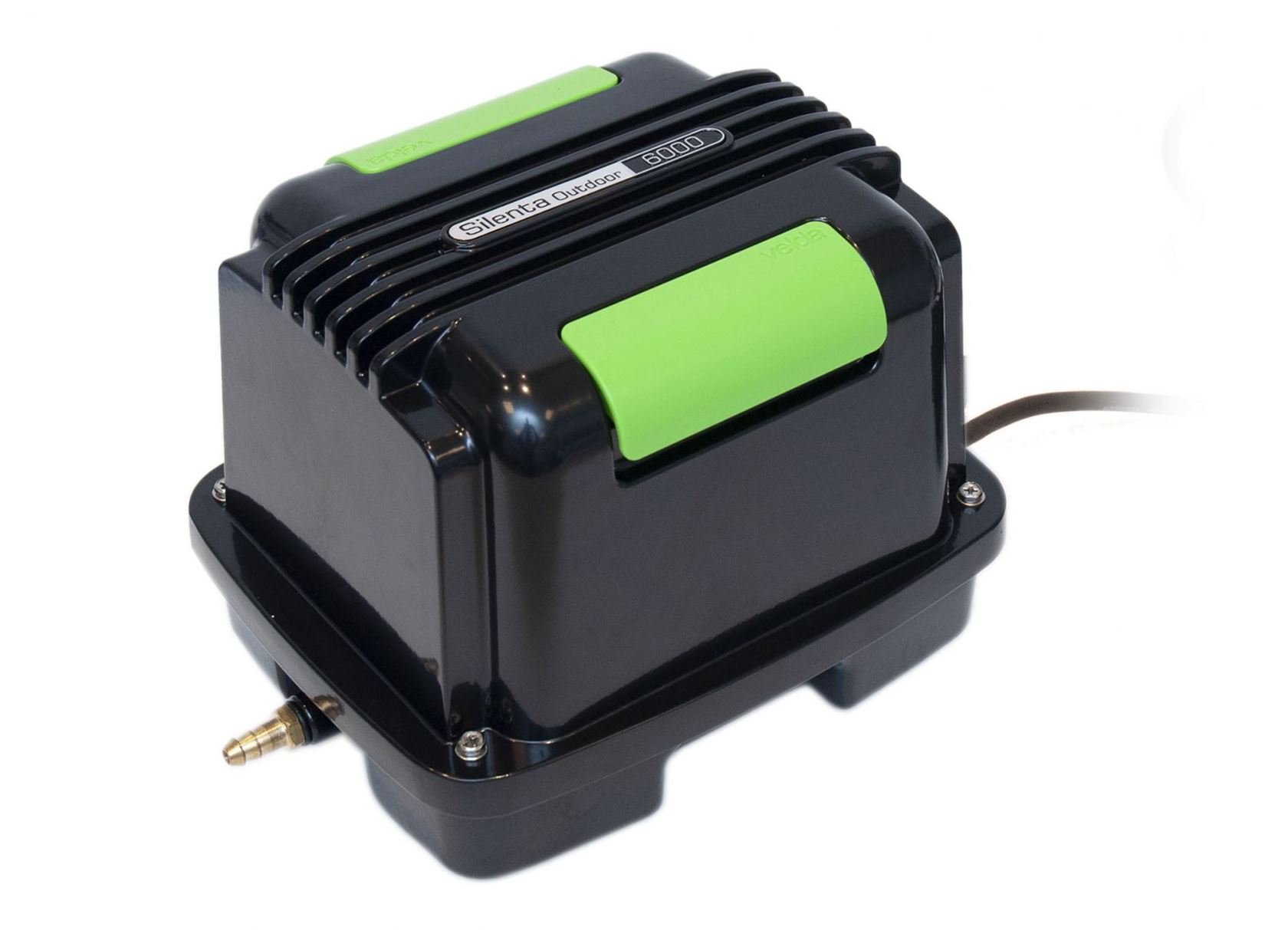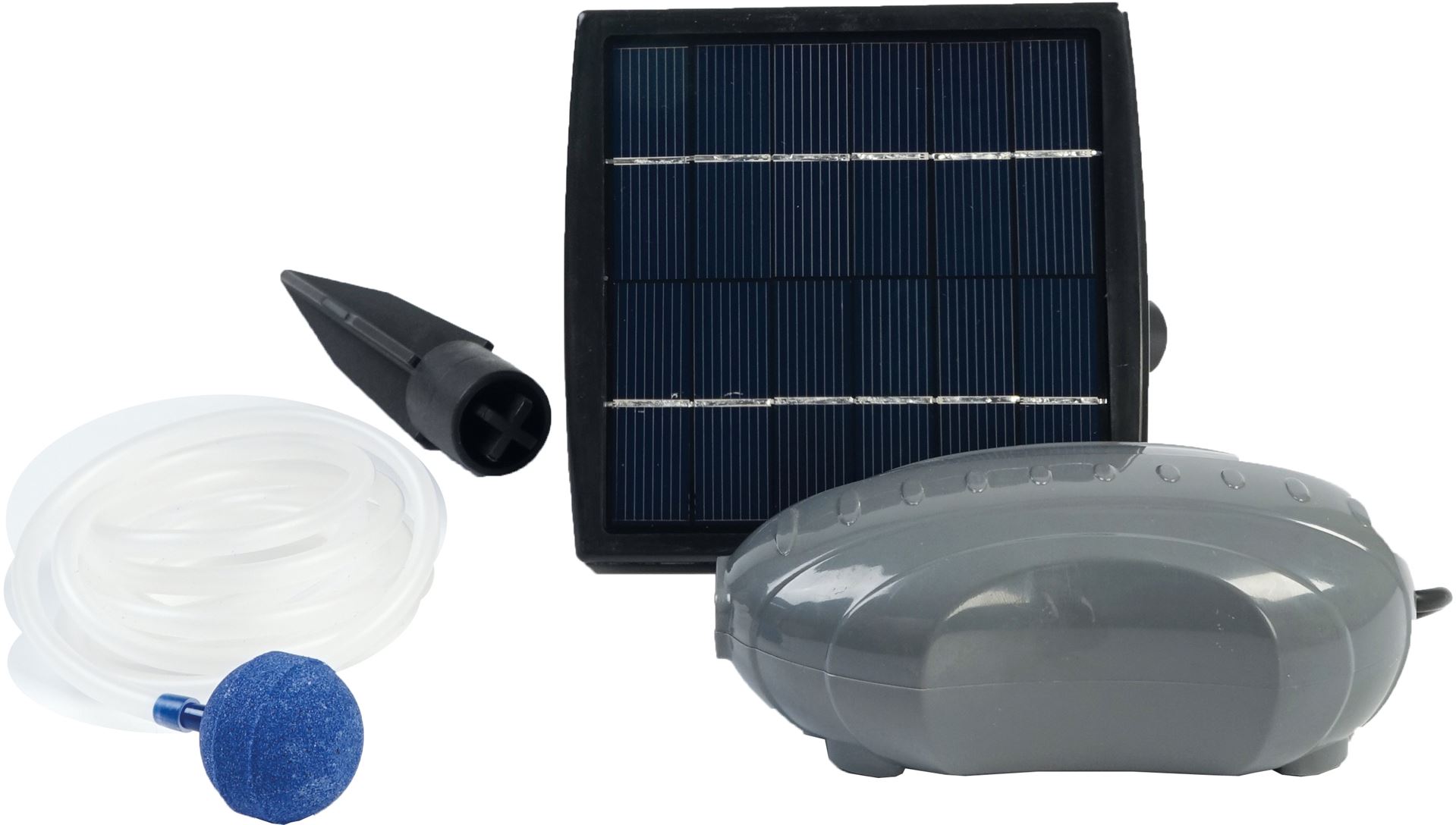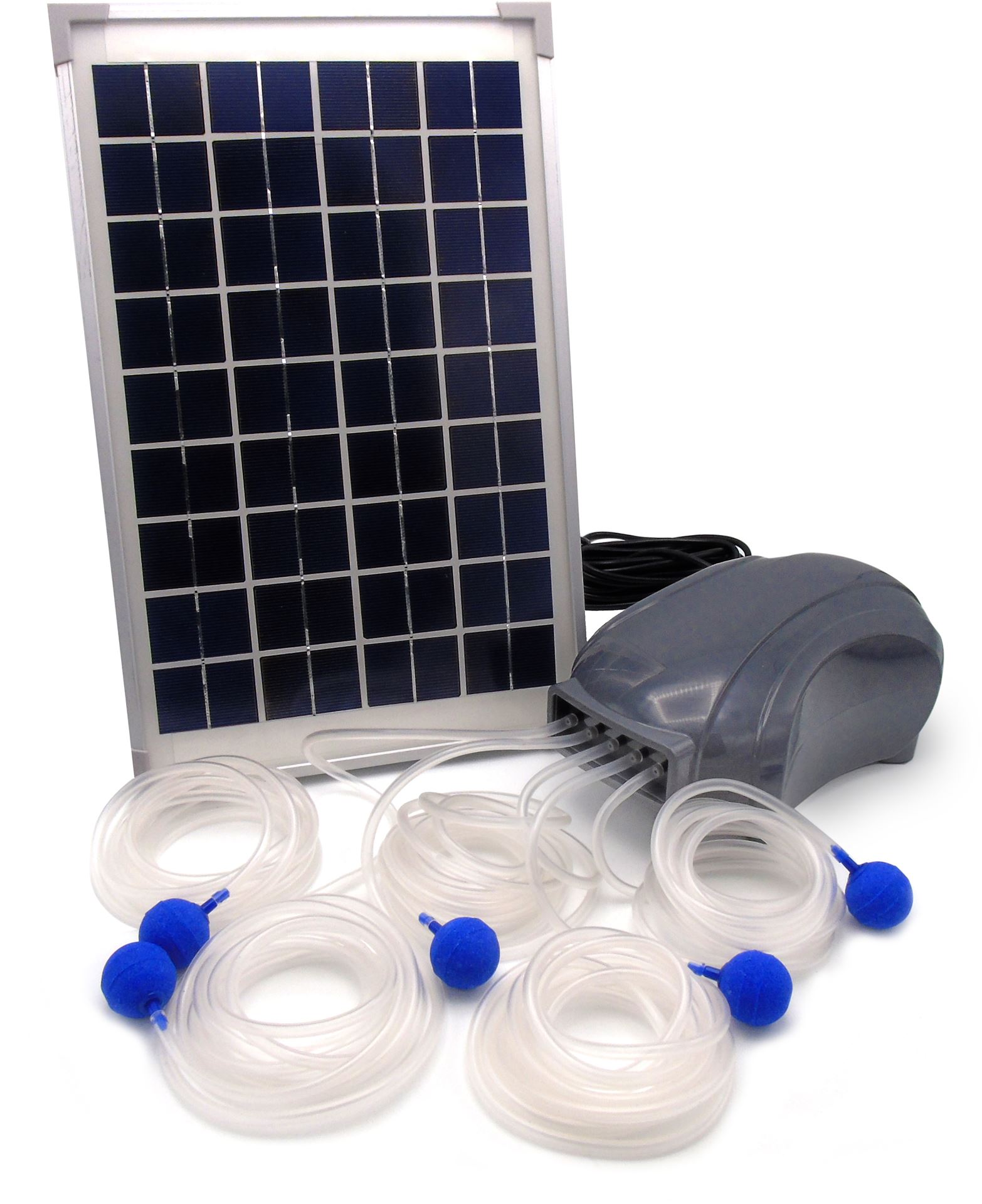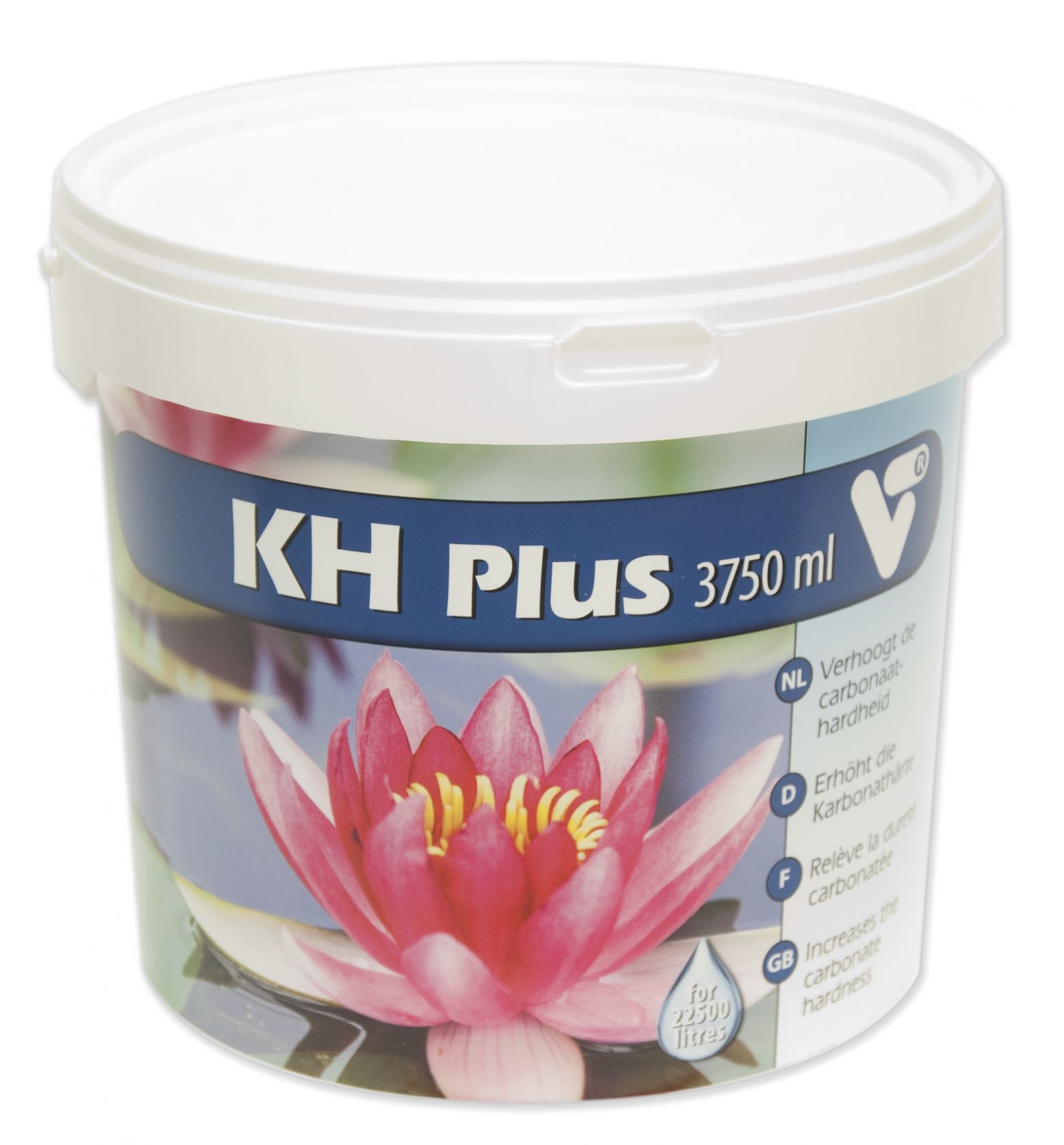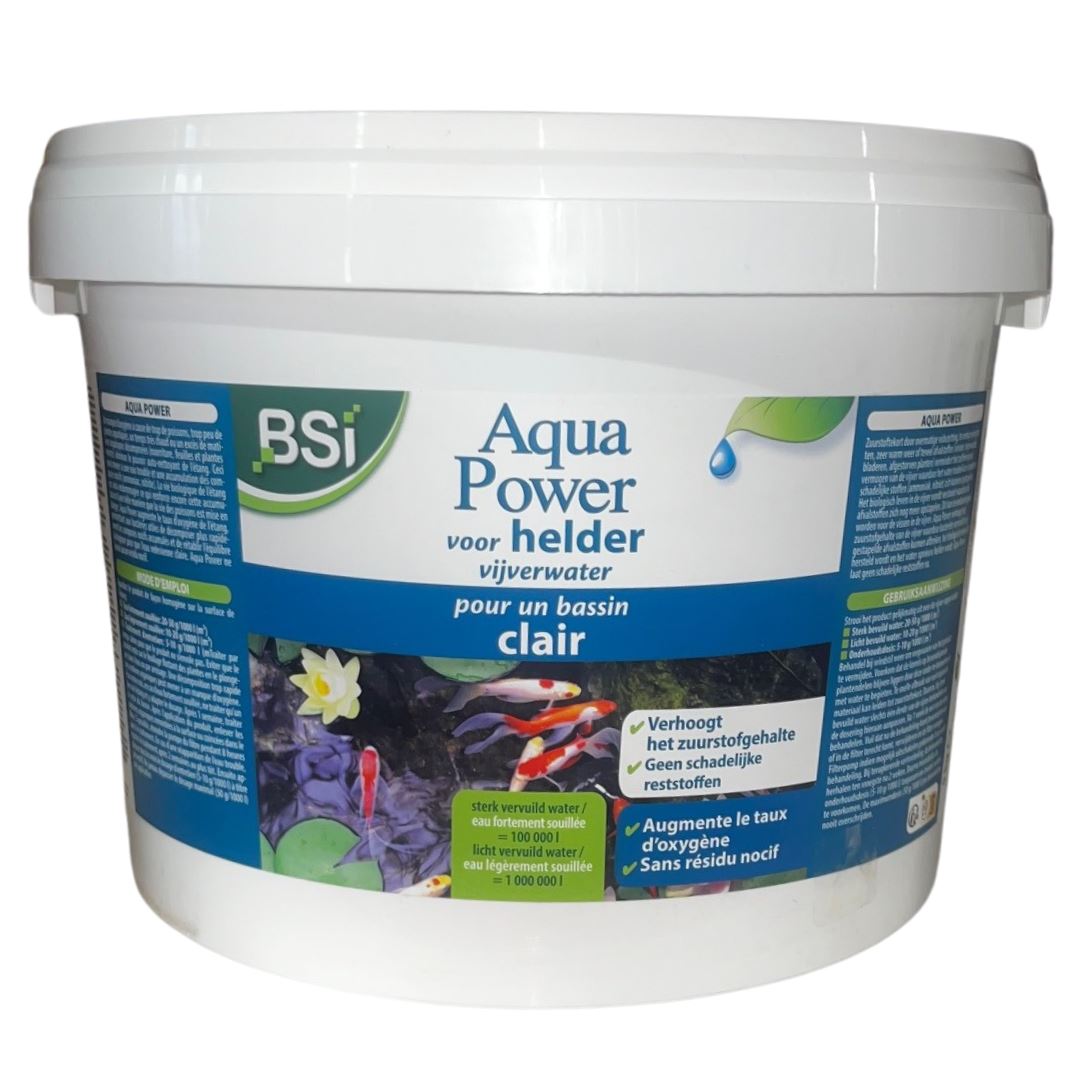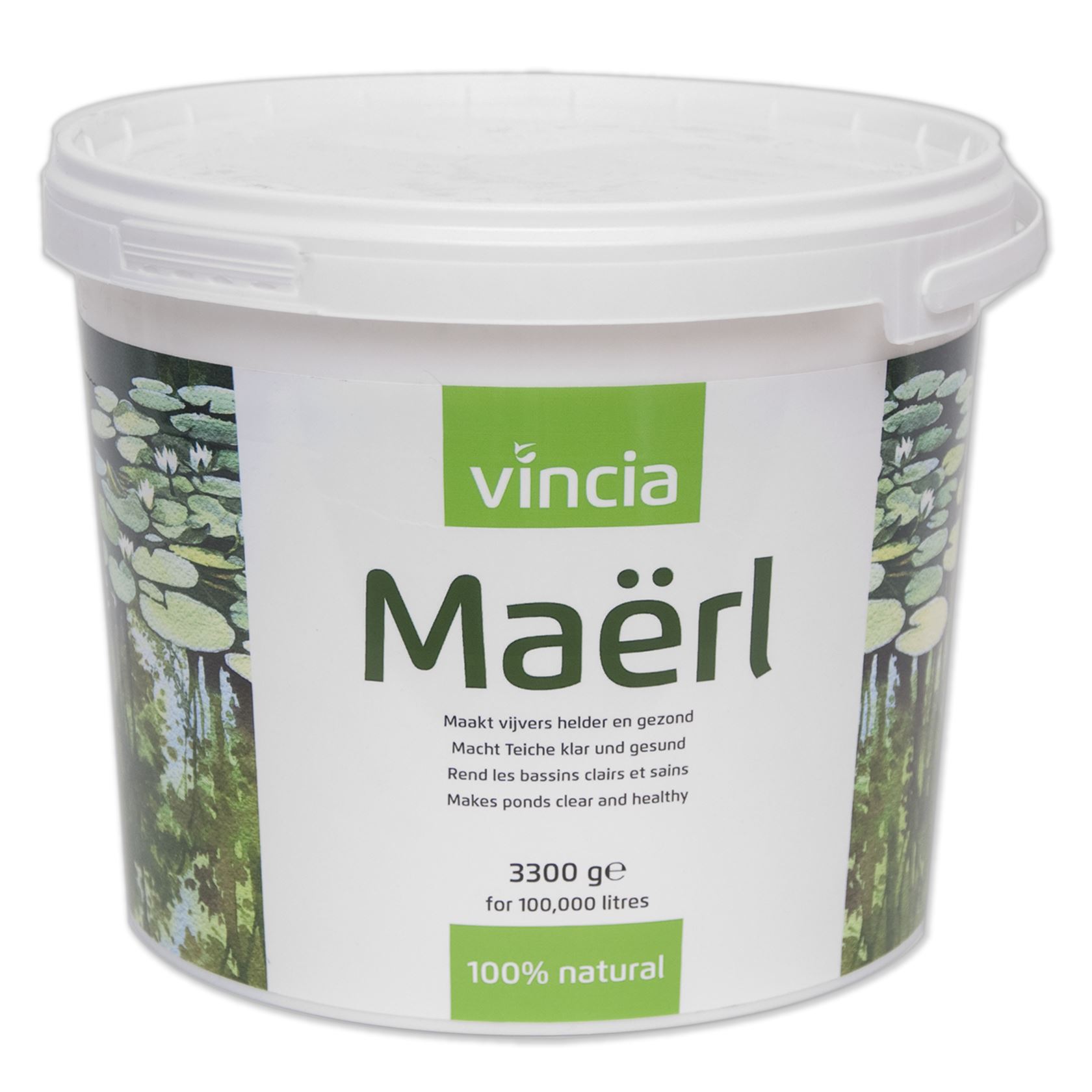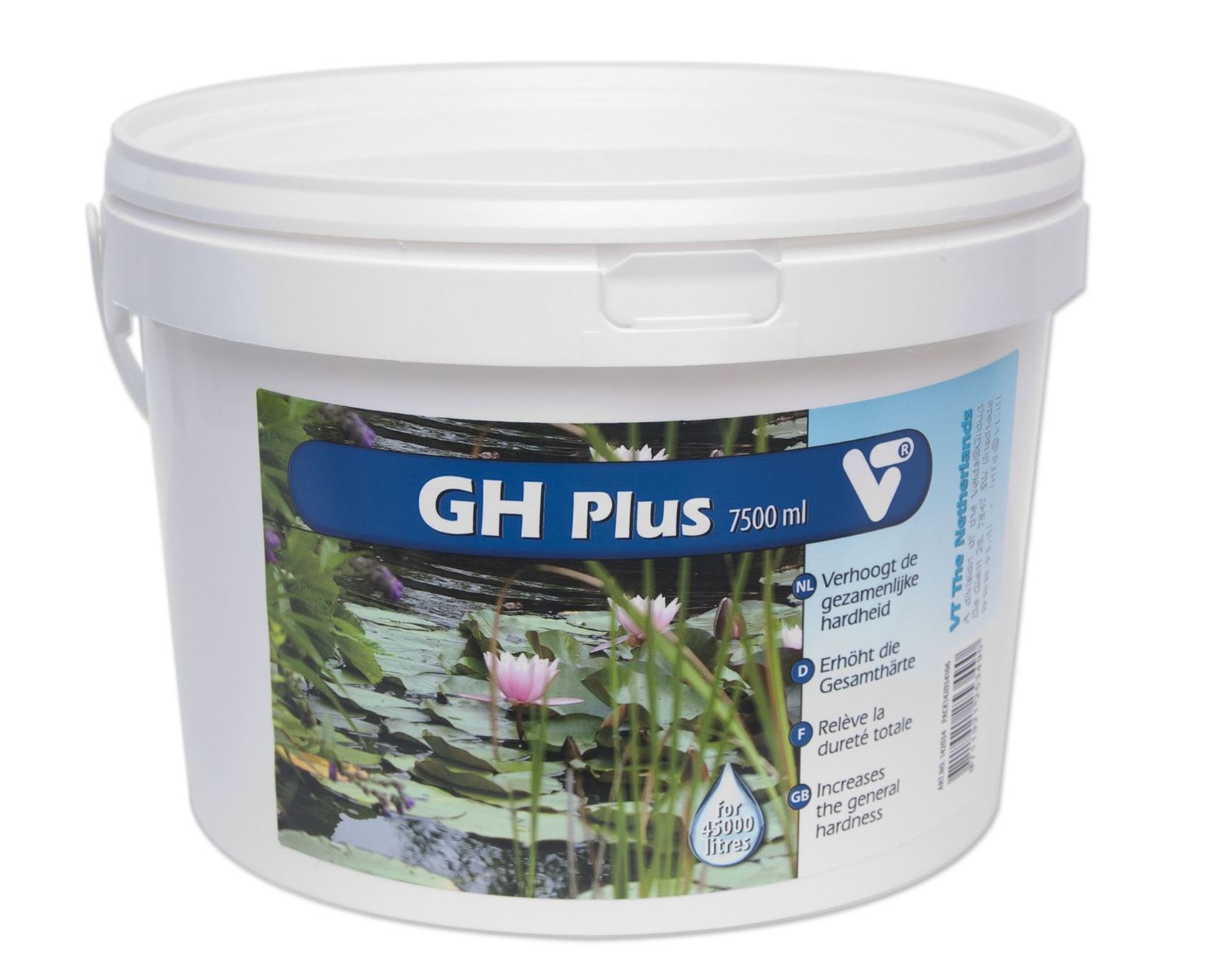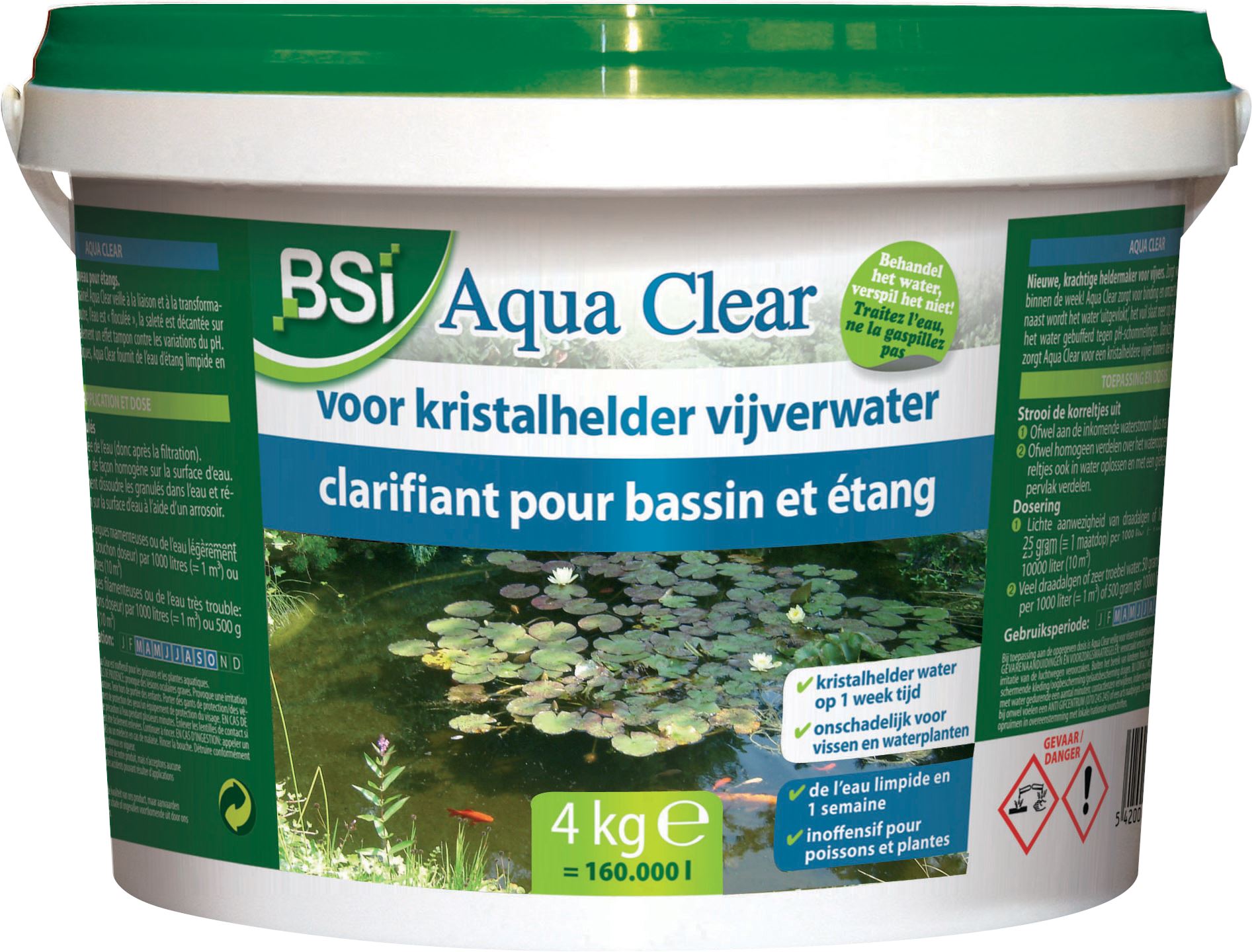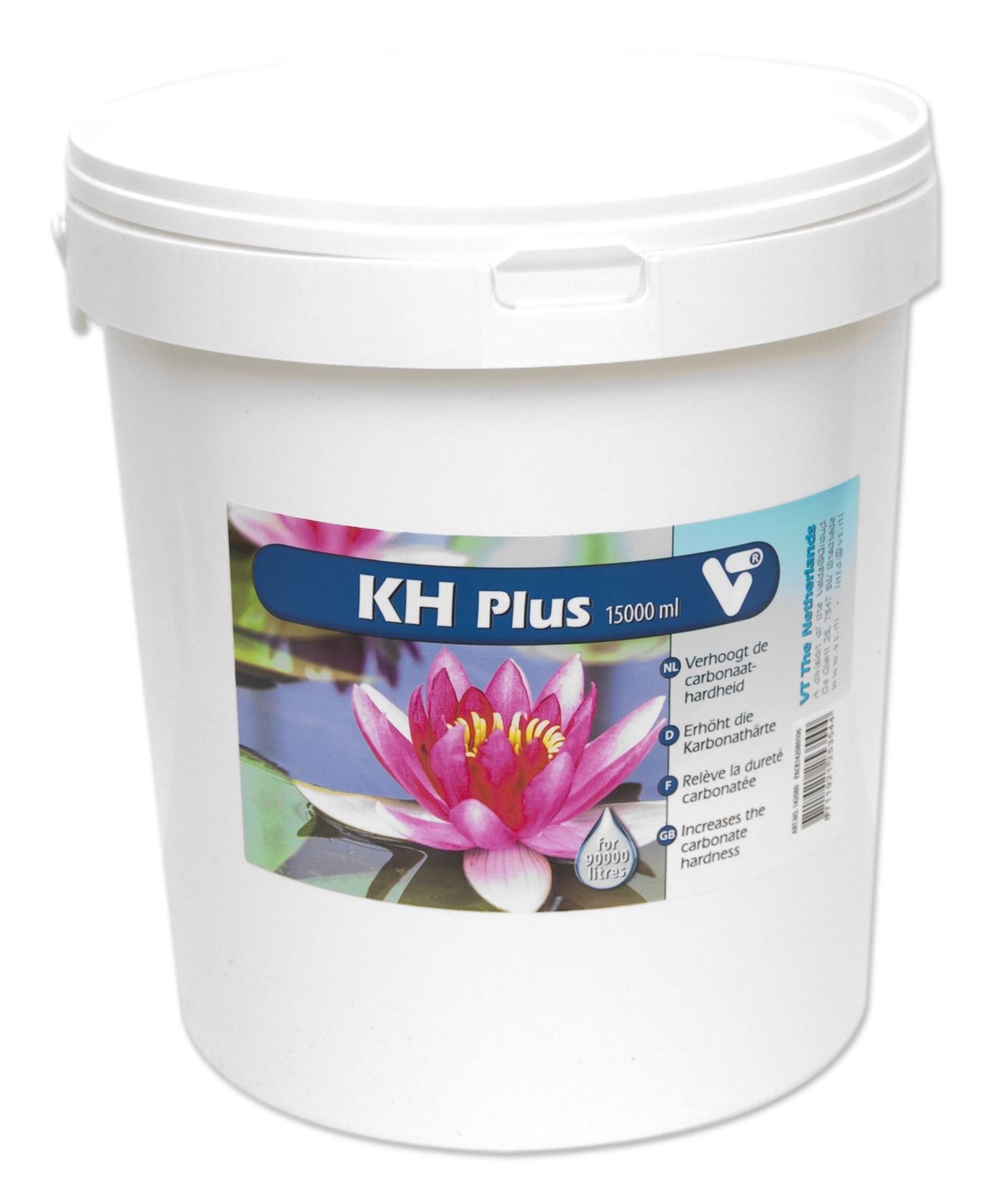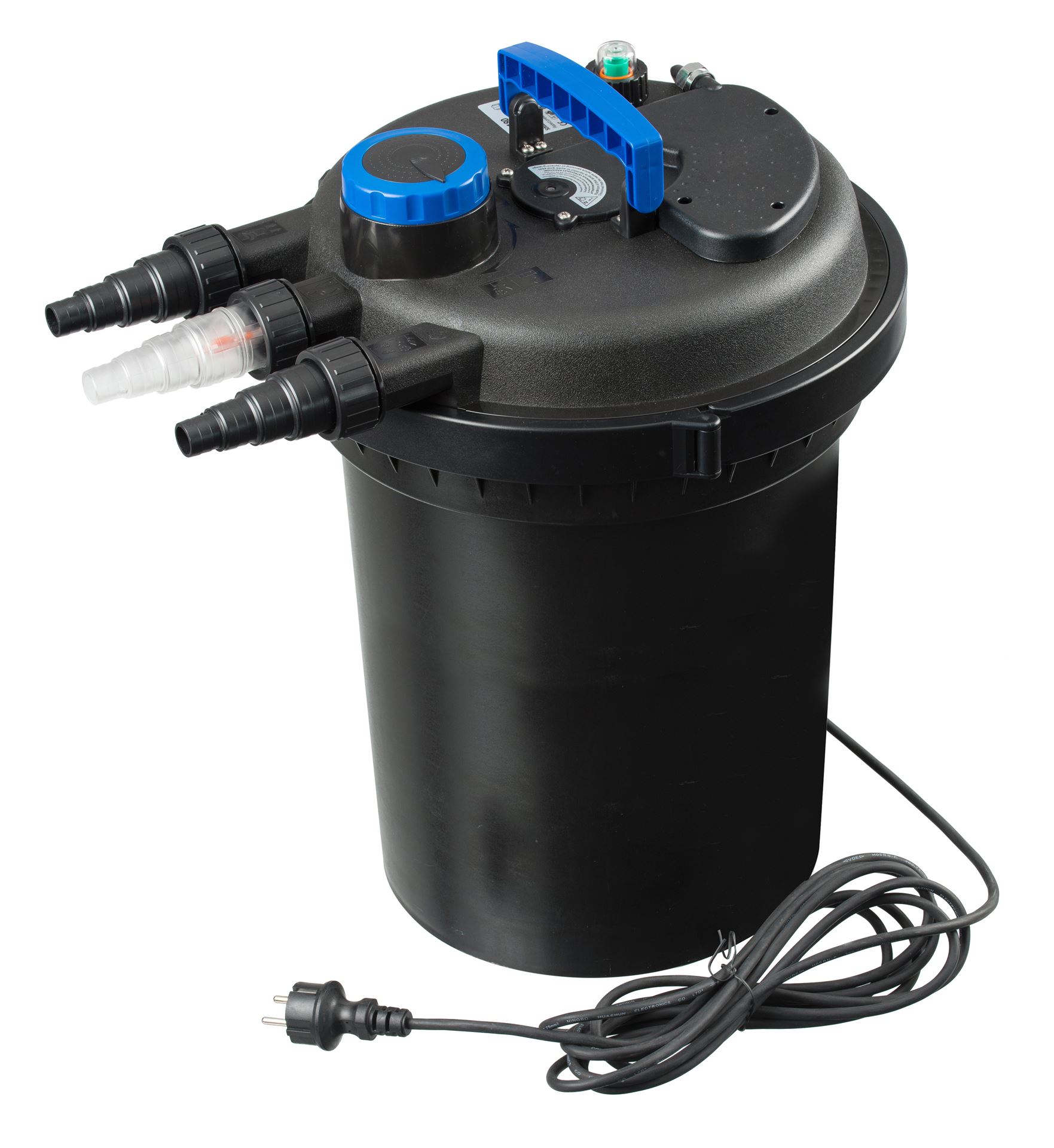
Winterise your pond in 6 steps
The foundations for a beautiful pond full of life and wonderfully clear water in spring are laid in autumn. Good maintenance of your pond can really work wonders and allow you to enjoy the wildlife in the water in the spring. In autumn, there are a number of concerns, such as leaves swirling around and polluting your pond. But hungry herons are also on the lookout for tasty fish. And did you know that fish do not eat the same food all year round? If you follow these few tips, you'll be able to get through the winter with peace of mind!
Getting your pond ready for winter is not a task you do in 1 afternoon. Especially during the months of October and November, it is something to keep a regular eye on and take action when necessary. That way, you will efficiently prepare your pond for winter and get the best results in spring.
1. Time for the big cleanup🧹
In autumn, a lot of organic waste, such as fallen leaves and dead plant remains, can float around in the pond. This waste can pollute the soil and promote algae growth. Time to take care of the pond with a scoop net and/or stretch a fine-meshed net over the pond. By stretching a net, you prevent more fallen leaves from ending up in the pond and your work from being in vain. During the big clean-up, you don't just clear away floating debris. Be sure to dig a little deeper too. To get your pond ready for winter, also remove the organic bottom silt that is on the bottom. Organic particles that accumulate on the bottom begin to rot, releasing toxic gases. These gases can endanger pond life (both fauna and flora). Therefore, clear the bottom with a pond hoover. You can also use a scoop net for this, but do so with careful movements so that the silt is not spread too much.
View recommended products 👇
View recommended products 👇
3. Adapted feed🥫
View recommended products 👇
4. Keep the pond ice-free 🧊
During the winter months, it is important not to let the pond freeze over. When a layer of ice does form on the pond, excess CO2 cannot escape and acidity goes up. Is it still icy cold and is the pond partly frozen over, or is there snow falling? Then remove the snow with a broom because fish and aquatic plants also need sufficient light during the winter months.
TIP: Using an air pump not only provides the pond with additional oxygen, but also prevents freezing. Water that is constantly in motion is less likely to freeze.
View recommended products 👇
5. Check the water values🔬
Autumn is the wettest period of the year. The chances of having to refill your pond because the water level gets too low are slim. But too much rain is not good either. An abundance of rain can seriously upset the values of your pond water. Rain can acidify pond water. Therefore, when preparing the pond for winter, test the water quality.
Optimal water values are:
- Acidity - pH: 7-8
- Total hardness - GH: 8-12
- Carbonate hardness - KH: 6-12
- Nitrite - NO2: <0 mg/l
- Nitrate - NO3: <50 mg/l
- Phosphate - PO43: <0.5 mg/l
- Ammonia - NH3: <0 mg/l
If certain values are not up to standard, it is important to treat the pond water so that the values are optimal again for both fauna and flora.
View recommended products 👇
6. Protect the pond filter🧣
When winterising your pond, you have two options when it comes to the pond filter and pond pump: you protect them from the cold and let them work through the winter, or you switch them off and prepare them for spring.
If you choose to let your pond pump and filter work through the winter as well, you can insulate your filter with bubble wrap. This will prevent your filter from freezing and being damaged. Before putting on a warm scarf, it is best to rinse the filter. With clean water, you can easily flush it to remove organic waste. Don't forget to clean the sponges too.
Can't you protect the pond filter properly? Then - to avoid damage - it is better to take the pond filter and pump out of the pond for the winter. In that case it is important to clean the entire system thoroughly so that you can start again in spring with a clean filter and pump.
Note: It is preferable to let the filter and pump work all year round, provided you can protect them well against frost. The filter contains a colony of beneficial bacteria that are an important radar in the whole system that ensures a healthy pond. Reconnecting a 'sterile' pump in spring can lead to you having more problems with algae, for example, for several months.
View recommended products 👇
More tips for a clean & balanced pond? We clear it up for you! 👇
More info? Receive all our gardening tips directly in your mailbox!
We'll only email you handy facts, green advice and our best promotions & discounts. You'll receive it about once a week and you can unsubscribe at any time. No spam, promise 🤞













